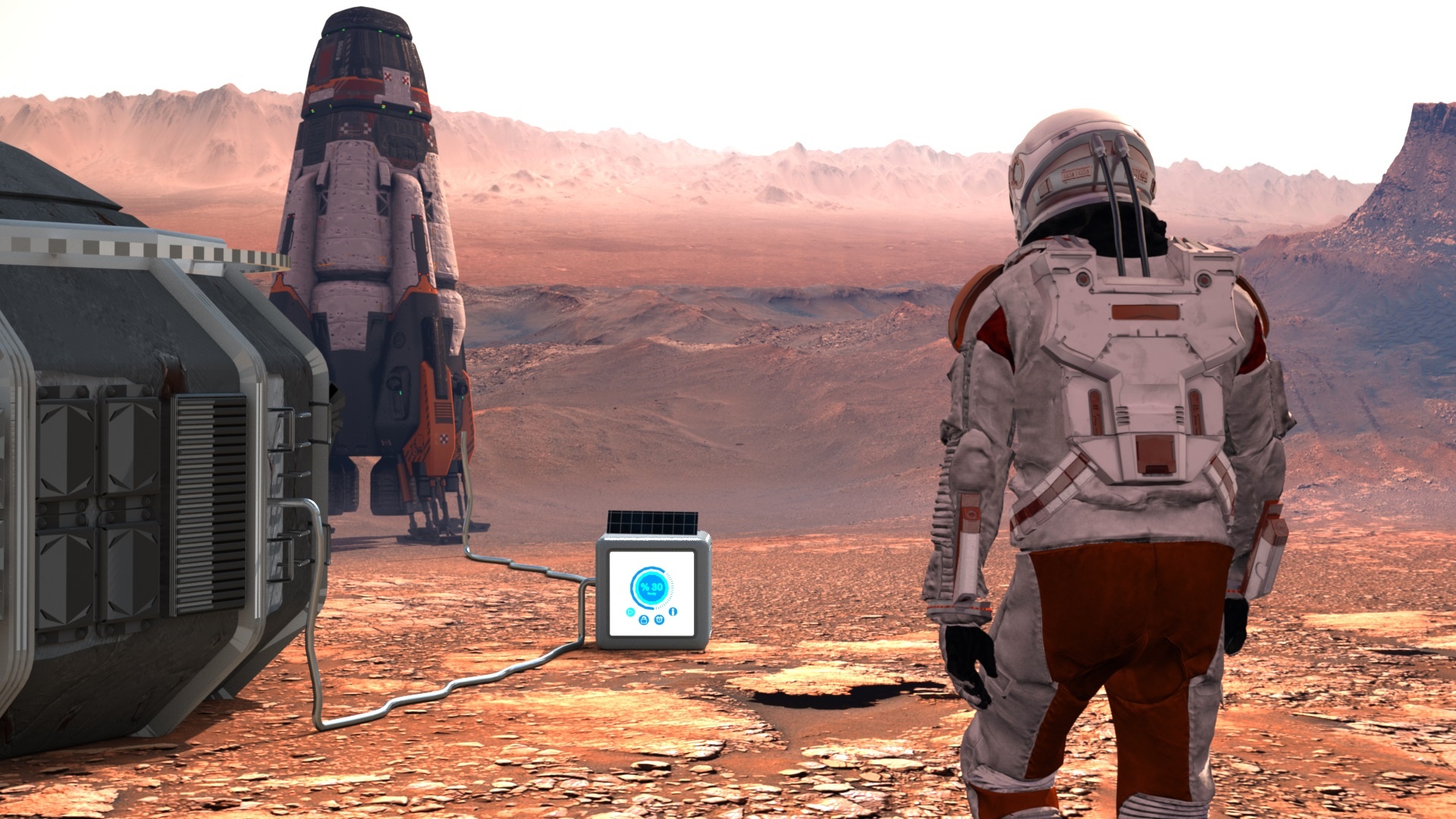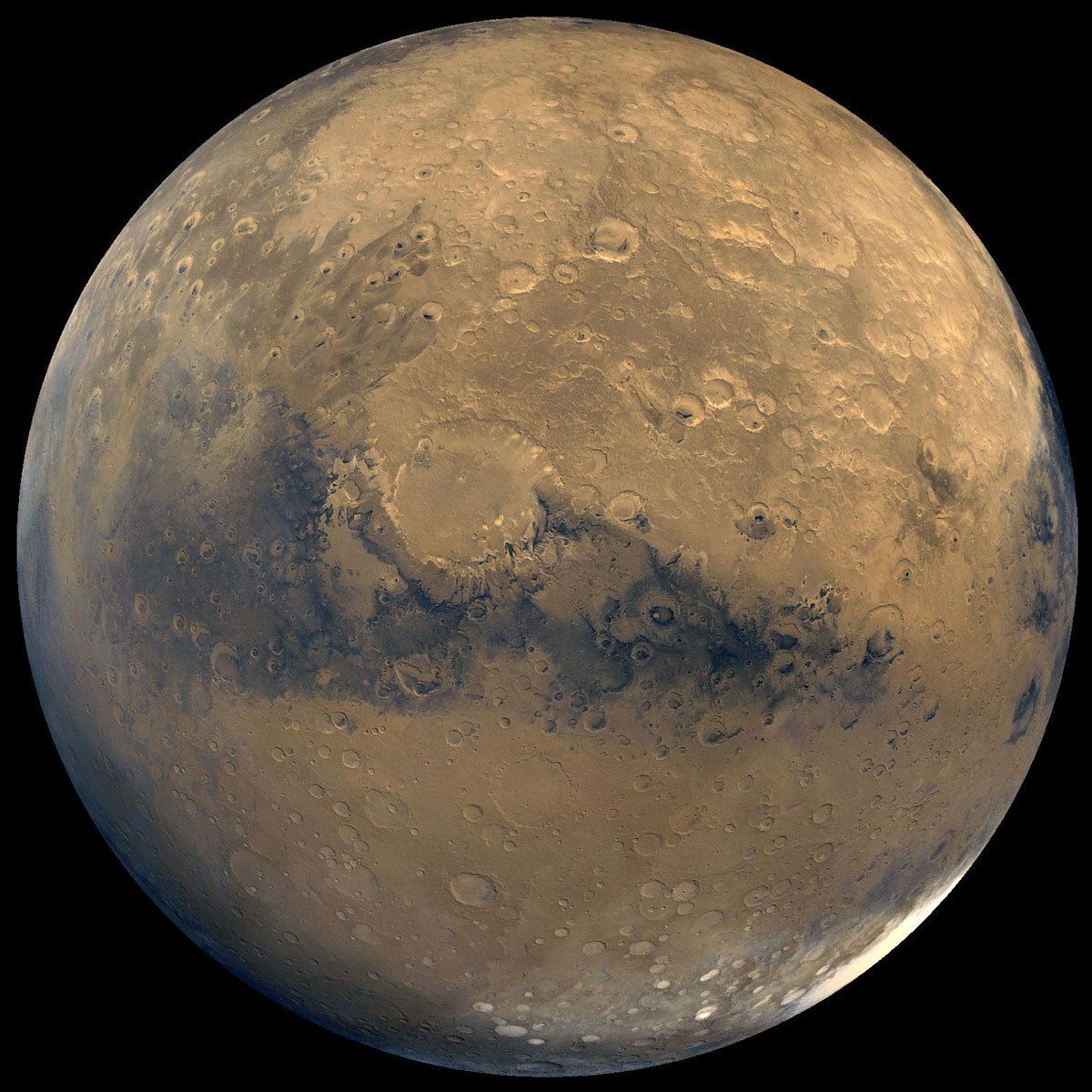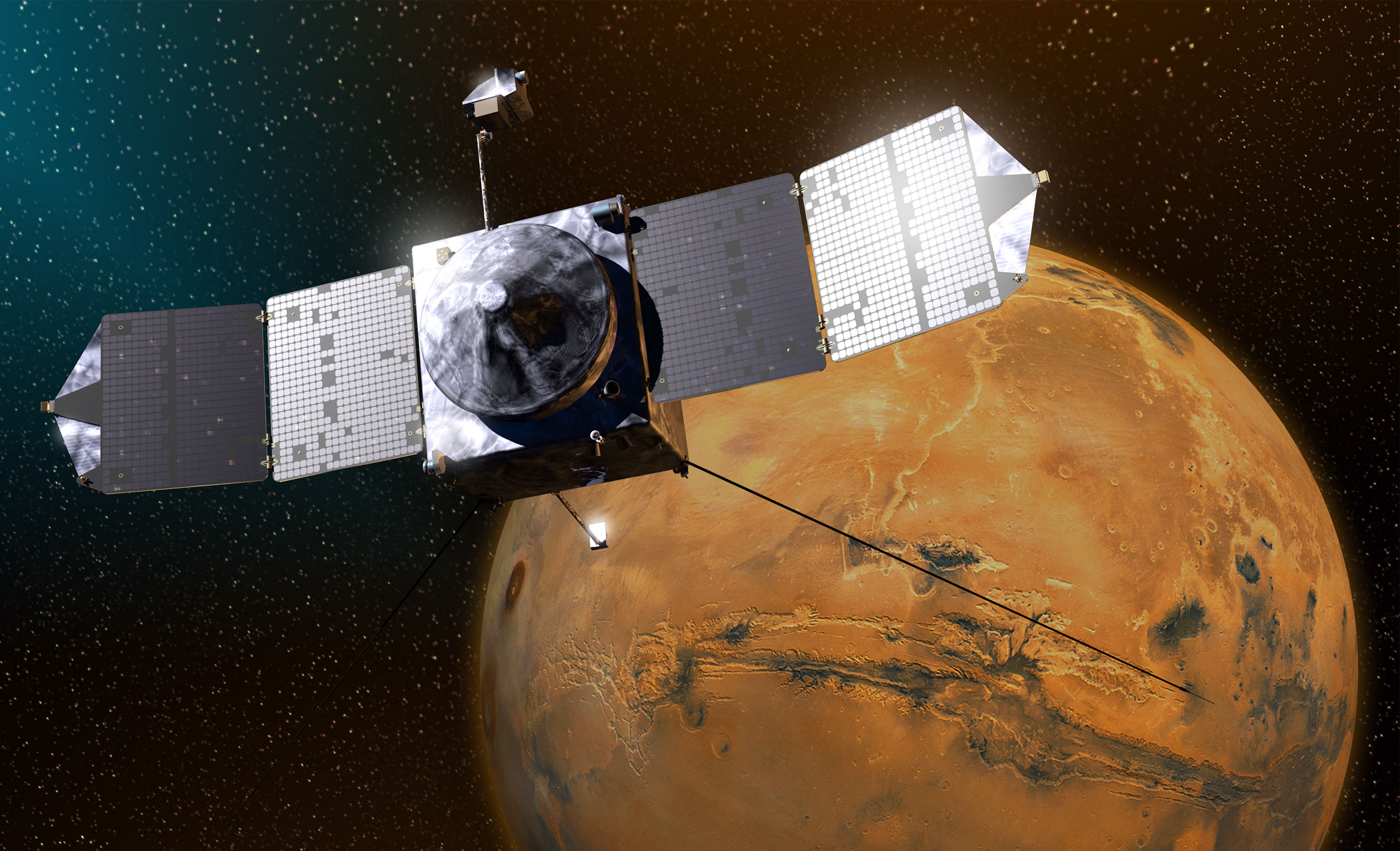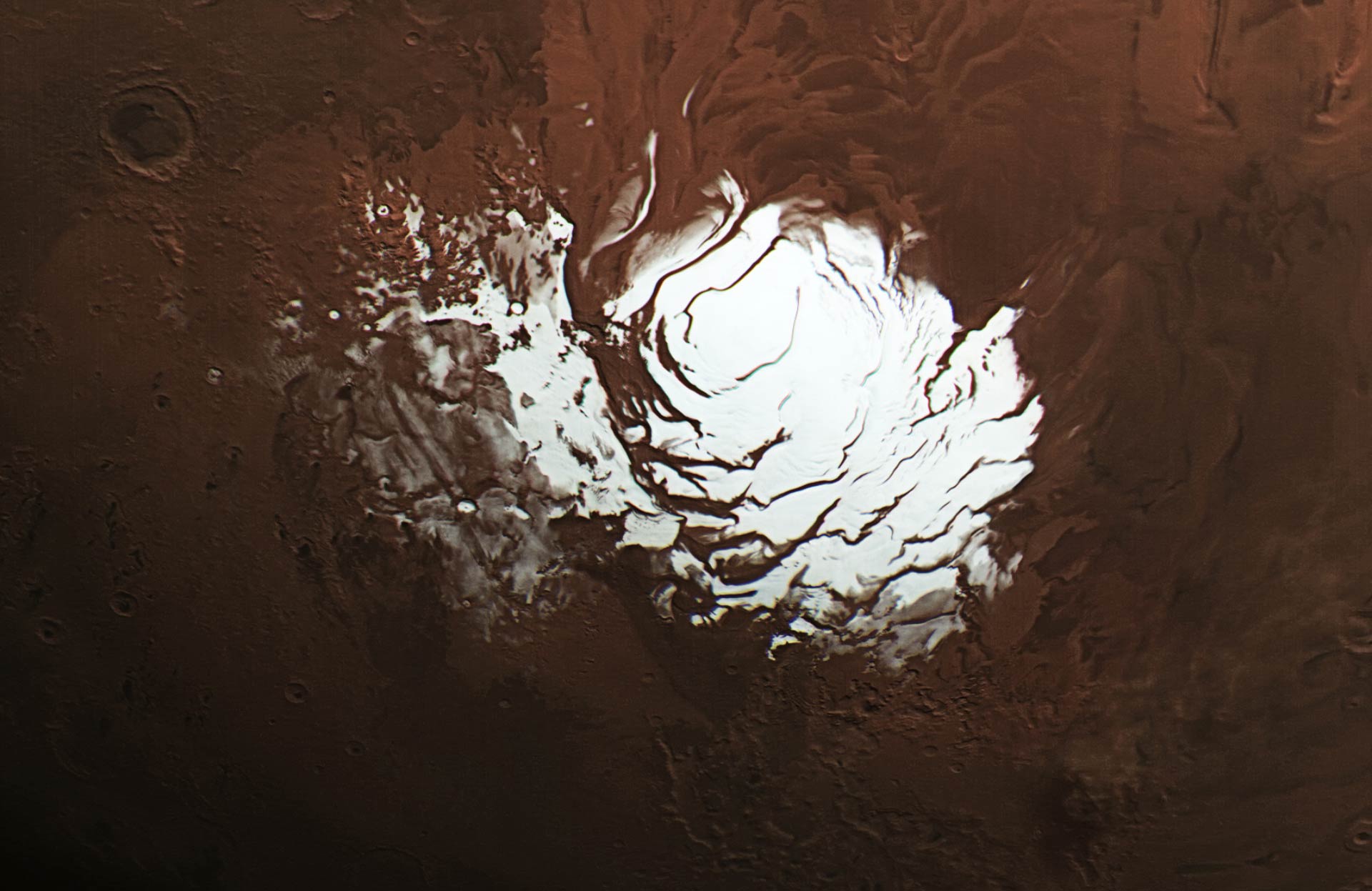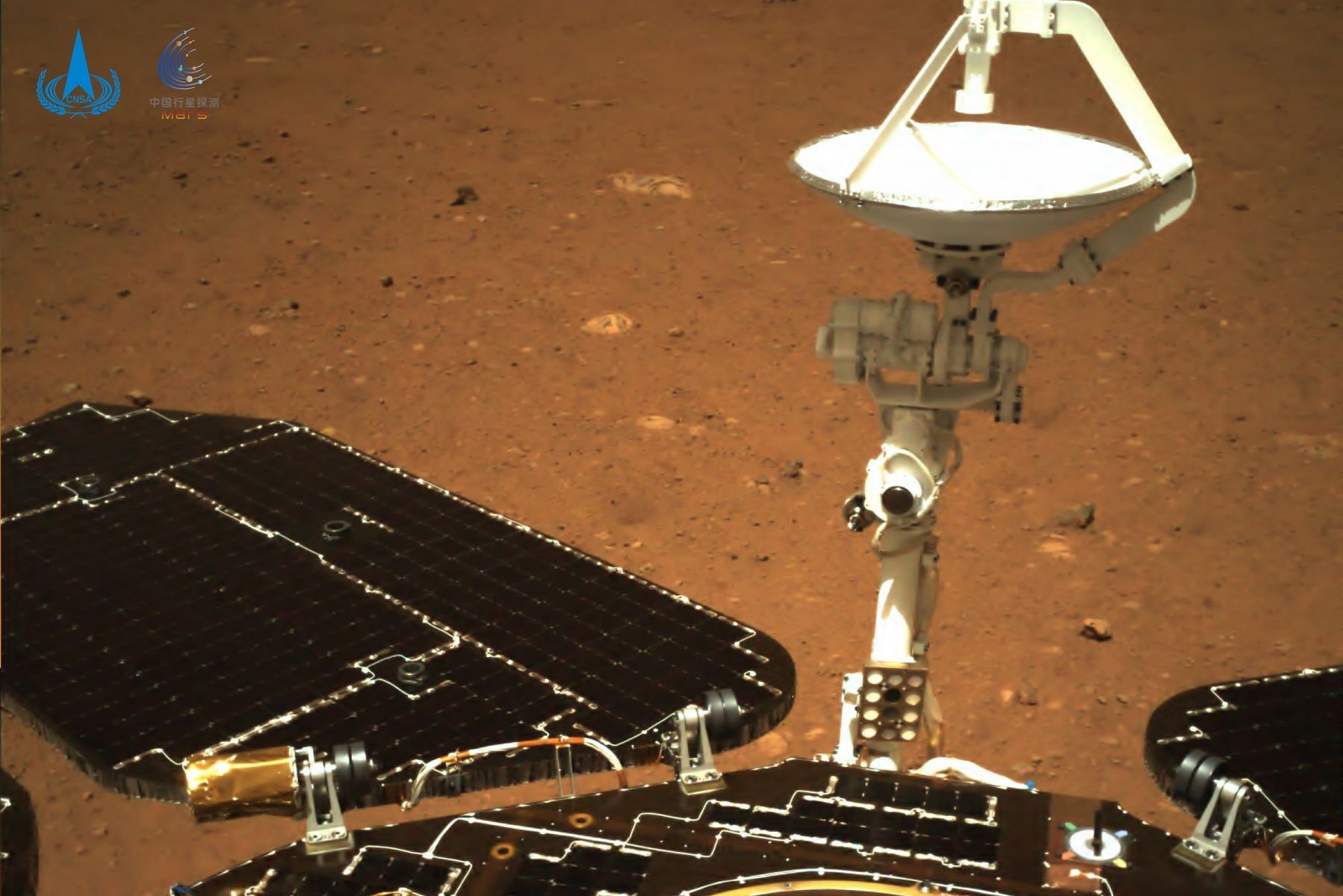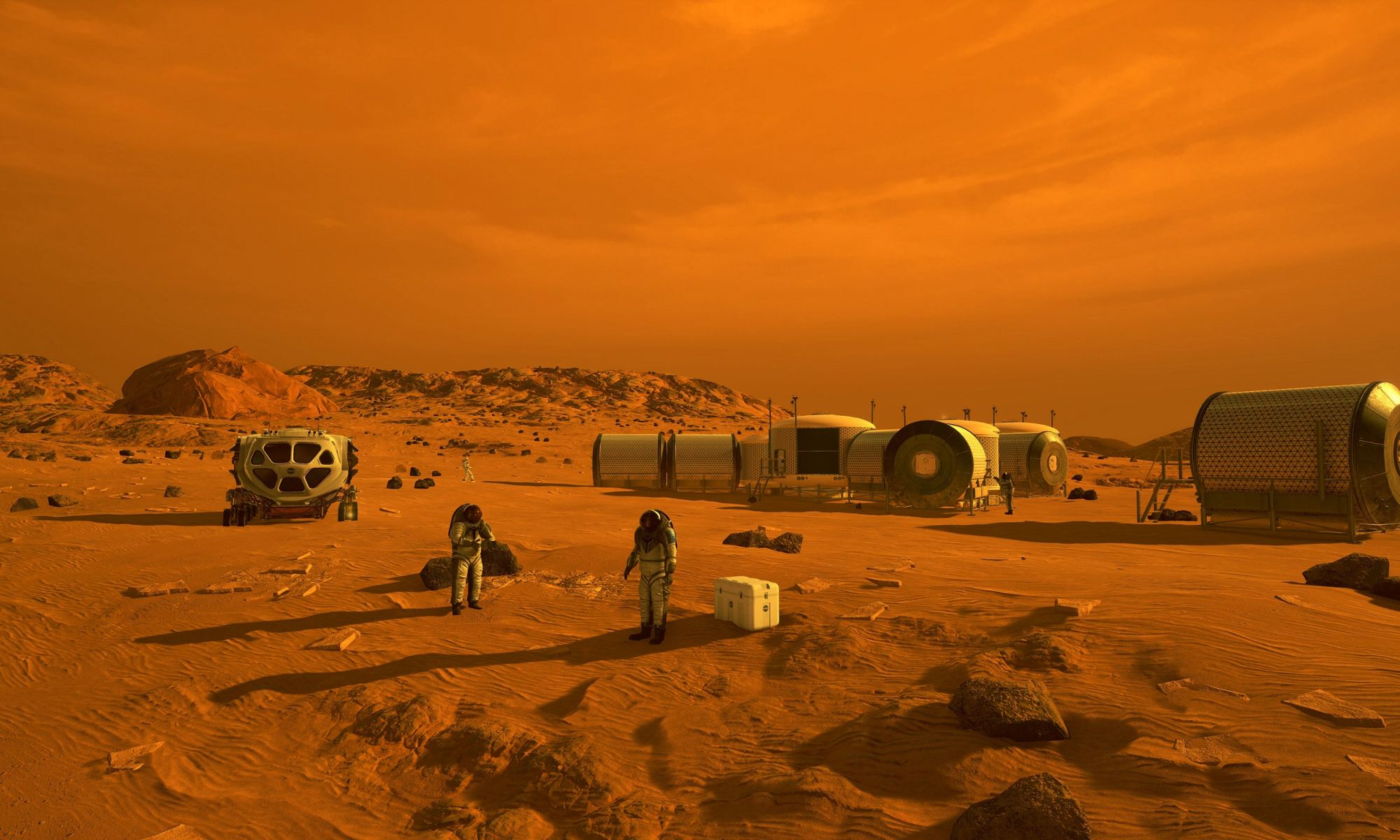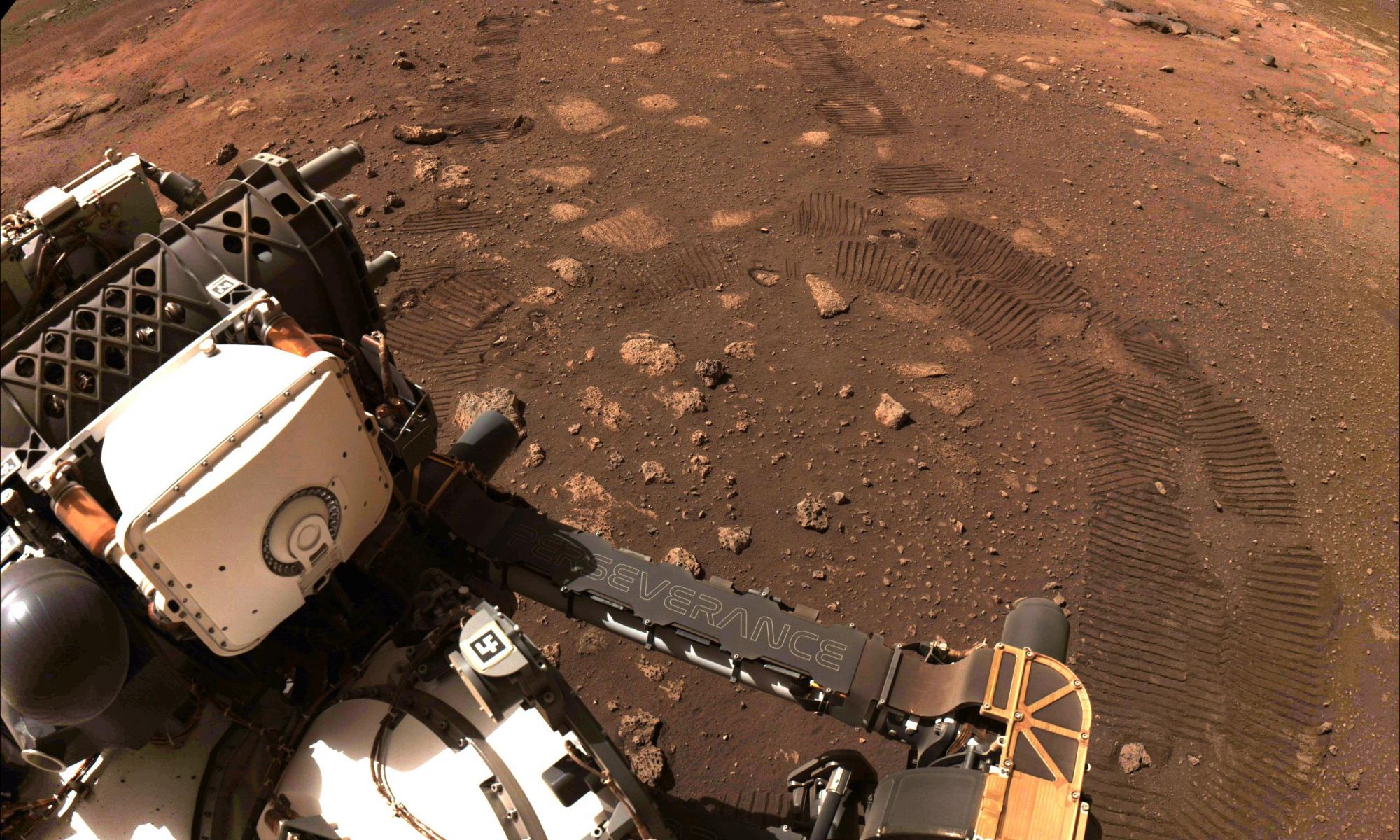When astronauts begin exploring Mars, they will face numerous challenges. Aside from the time and energy it takes to get there and all the health risks that come with long-duration missions in space, there are also the hazards of the Martian environment itself. These include Mars’ incredibly thin and toxic and toxic atmosphere, the high levels of radiation the planet is exposed to, and the fact that the surface is extremely cold and drier than the driest deserts on Earth.
As a result, missions to Mars will need to leverage local resources to provide all the basic necessities, a process known as In-Situ Resource Utilization (ISRU). Looking to address the need for propellant, a team from the Spanish innovation company Tekniker is developing a system that uses solar power to convert astronaut wastewater into fuel. This technology could be a game-changer for missions to deep space in the coming years, including the Moon, Mars, and beyond!
Continue reading “Martian Astronauts Will Create Fuel by Having a Shower”
